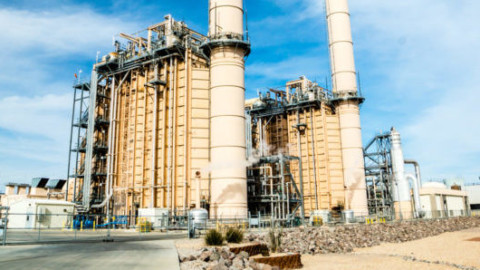Hunter Water, NSW will construct a 24 km fence along either side of the Williams River to prevent cattle from entering the water and safeguard the quality of the region’s drinking water.
The $1.5 million project will be the largest of its type ever undertaken in Australia and will occur on land previously purchased for the now ruled out Tillegra Dam.
The project will see an exclusion zone of roughly 30 metres established on either side of the Williams River using fencing and native trees. The properties will then be placed on the market for sale with a condition that cattle cannot enter the exclusion zone facing onto the river.
The fencing will prevent cattle from entering the Williams River as well as prevent erosion and filter runoff. All have combined over many decades to pollute the water before it is pumped to Grahamstown Dam.
Hunter Water’s Catchments Scientist Rhys Blackmore said the project was a once in a lifetime opportunity made possible by the decision not to build the Tillegra Dam.
“Hunter Water has this extraordinary opportunity to protect what amounts to at least 150 hectares of Williams River riverbank. As the organisation moves towards a strategic sale of the properties purchased for the Tillegra Dam, it’s vital Hunter Water acts now while it still owns the land.
“By protecting what is known as the riparian zone of the river from wandering cattle, fish stocks will substantially lift and in turn attract more wildlife to the area. Ultimately protecting the river will bring benefits to the local economy by making the area more attractive to tourists.
“The downstream effects of protecting the river are substantial and include improving the quality of the water flowing into Grahamstown Dam.
“This is a project that environmental scientists across the world will be following due the enormous size of the riverbank being protected. Water authorities typically don’t own river frontage and when they do it’s for the purpose of building a dam. With Tillegra Dam being ruled out, we have this unique opportunity to forever protect the river and the water flowing through it,” he said.
Member for the Upper Hunter and Minister for the Hunter George Souris said the fencing would have no impact on the NSW Government’s commitment to disposing of land previously purchased for the Tillegra Dam.
“Hunter Water will continue to place on the market property they were instructed to purchase by the former State Government.
“I understand that Hunter Water is currently considering discounting the asking price of the 3 Tillegra properties on the market and that the number of properties for sale will accelerate later in the year.
“By forever removing the shadow of the Tillegra Dam from the Dungog region, I’m confident new markets such organic farming and eco-tourism will continue to grow and support the local economy,” he said.
Mayor of Dungog Harold Johnston said he was pleased to see Hunter Water investing in a project that will deliver long-term benefits to the area.
“The Williams River is a stunning local asset which already attracts tens of thousands of visitors annually, provides recreation to the people of Dungog and is the lifeblood of local farmers.
“This investment in the Williams will strengthen Dungog’s ecotourism and biodiversity which is undoubtedly the future of our economy and the families who live here.
“I look forward to Hunter Water selling this land, however am glad they have shown the foresight to make a lasting improvement to the Williams River before the land is returned to private ownership,” he said.
Safeguarding the banks of the Williams River is a key recommendation of the Tillegra Land Use and Management Plan.
The Plan also expresses a view that the size of many of the 46 Tillegra properties owned by Hunter Water are too small and therefore unappealing to potential buyers.
Hunter Water will in the next few months award a contract for a property consultant with the expertise to determine the various optimum lot size to maximise buyer interest.
Between 2006 and 2010 eleven former Tillegra residents negotiated a clause in their sale contracts providing an opportunity for a “First Right of Refusal” in the event that the dam did not proceed.
Of these 11 people, 3 have indicated they do not wish to buy back their land. These 3 properties are now on the market for sale.
The remaining 8 landowners have stated that they will make a decision once the NSW Government releases the Lower Hunter Water Plan (LHWP). Hunter Water expects the LHWP to be released in the near future.
Hunter Water will review other recommendations contained with the Tillegra Land Use and Management Plan over the coming months such as the potential for green corridors within the riparian zone which could include bushwalking trails, cycleways and heritage projects.












